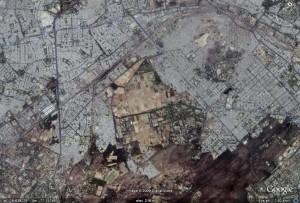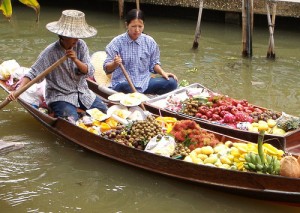For years I’ve been seeing it in writing: NBPGR, Pusa Campus, New Delhi. But the picture of it I had in my mind turned out to be quite different to the reality. The Indian Agricultural Research Institute’s Pusa Campus comprises offices, labs and staff housing, yes, but also a huge area of agricultural fields, and right in the middle of New Delhi: a rural oasis in the teeming city (clicking on the map below will take you to Google Maps).
It all started in 1934, when the Imperial Agricultural Research Institute, established in 1905 at Pusa in Bihar, was moved to Delhi following an earthquake. Hence Pusa Campus. The institute of course became the Indian Agricultural Research Institute on independence, just like its parent body, the Imperial Council of Agricultural Research, became the Indian Council of Agricultural Research (ICAR). But many of the buildings are still used. Such as the library.
Continue reading “The road to Pusa Campus”

